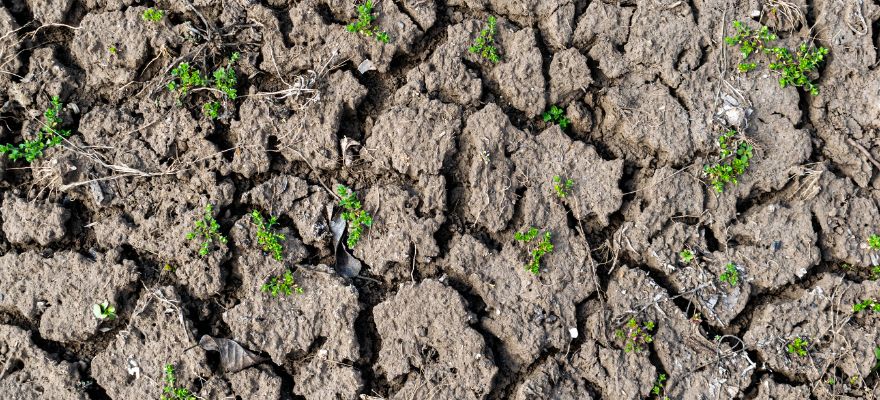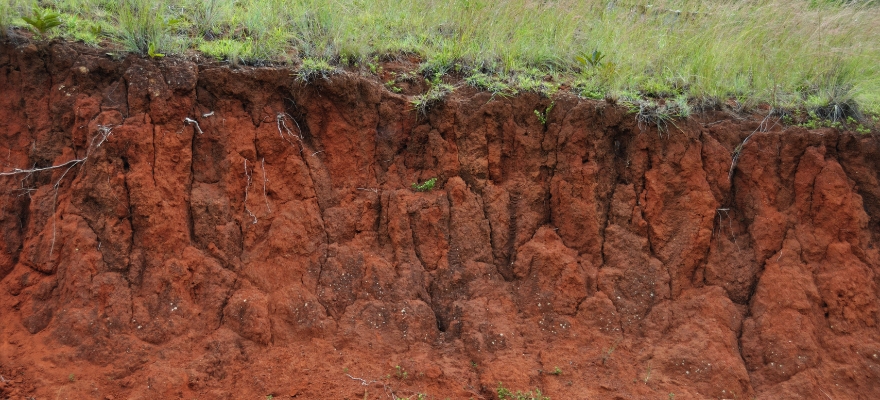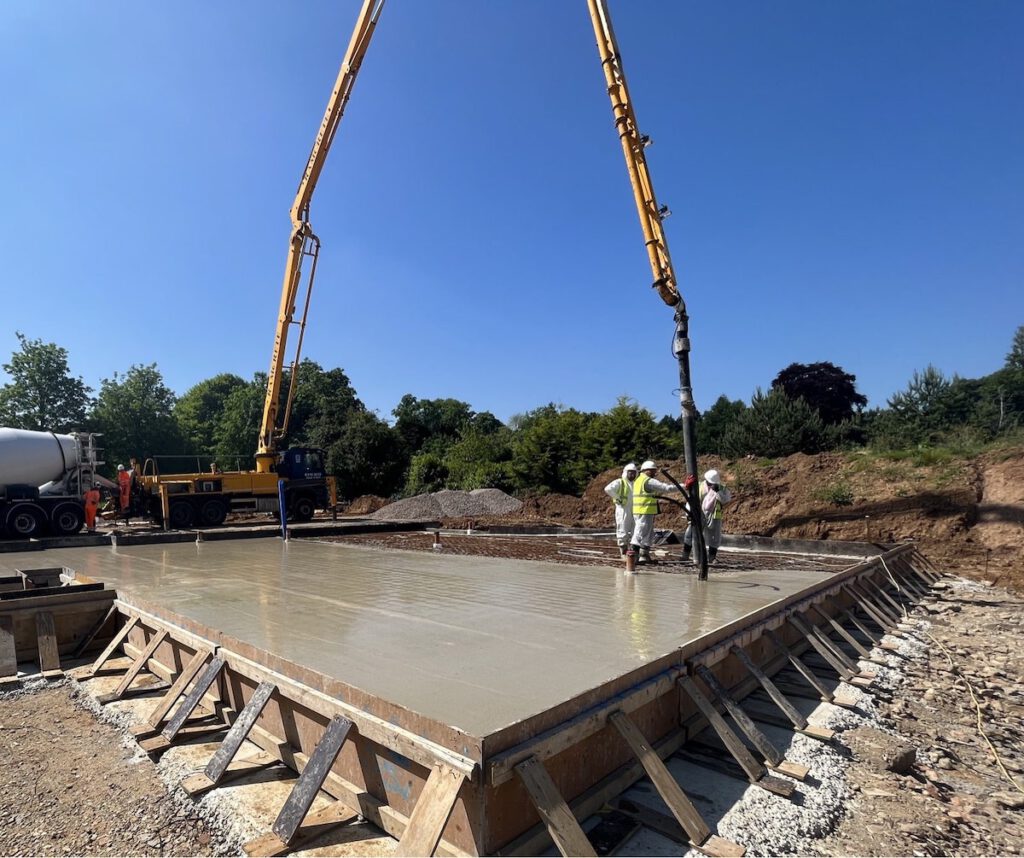What are Weak Surface Soils
Weak surface soils pose significant challenges for construction projects, particularly when these soils cannot adequately support the weight of a new structure. Whether dealing with soft clay, silt, peat, or expansive soils, selecting the right foundation system is crucial to ensure stability, safety, and long-term durability. Piled raft foundations are the best option for weak surface soils.

Understanding Weak Surface Soils
Weak surface soils have low bearing capacity, high compressibility, or susceptibility to movement due to changes in moisture content.
Common characteristics include:
- Poor load-bearing capacity: These soils struggle to support heavy structural loads, leading to potential settlement or instability.
- High compressibility: Weak soils compress significantly under pressure, resulting in uneven settlement.
- Moisture sensitivity: Expansive soils like clay can swell and shrink with changes in water content, causing structural damage. Shrinkable clays are susceptible to seasonal volume changes, especially in areas influenced by vegetation, droughts, or heavy rainfall. Although this shrinkage rarely extends beyond a metre below the surface, it can still lead to significant structural challenges. Accurately assessing the soil’s bearing capacity is crucial in these conditions.
- Proximity to trees: Preserving mature trees is often a priority for property developers, but some species can disrupt shrinkable clay subsoils to a greater depth, causing ground instability. Removing trees can also create challenges, as clay soils may gradually expand over time, absorbing moisture previously taken up by the trees.
- Soil moisture and waterlogging: Water content in soil is a critical factor. High water movement can lead to subsidence if the wrong foundation type is chosen, while waterlogged soils may limit foundation options. Signs such as springy or boggy ground indicate a high water table, which can cause construction issues and result in soil expansion when frozen. Foundations must extend deep enough to mitigate upward ground movement or “frost heave“.

Why Piled Raft Foundations are Ideal for Weak Soils
A piled raft foundation combines pile support with a raft to distribute loads more effectively across the surface. Here’s why this solution excels in weak soil conditions:
- Efficient Load Distribution: Piled raft foundations use piles to transfer structural loads to stronger soil layers or rock, bypassing the weak surface soil. The raft further distributes loads evenly, reducing stress on the foundation and minimising settlement.
- Minimised Differential Settlement: Weak soils often cause uneven settlement, which can compromise a structure’s integrity. The combined action of piles and the raft mitigates differential settlement, ensuring stability across the entire foundation.
- Adaptability to Challenging Soil Conditions: Piled raft foundations are highly versatile and can be tailored to specific site conditions. For instance, the design can strategically place piles where needed most to support the structural loads most efficiently.
- Cost-Effective Solution: Unlike traditional pile-only systems, piled raft foundations require fewer piles, reducing material and installation costs. This makes them an economical choice for projects on weak soils.
- Reduced Construction Time: Combining the raft and piles into a single integrated system shortens construction timelines. This is especially beneficial for projects with tight deadlines.
- Heave Protection: In soils prone to swelling, such as those in tree influence zones, piled raft foundations can incorporate void former’s and other heave protection measures to safeguard the structure.
Examples of Success
At SPEEDECK, we have successfully implemented piled raft foundations on numerous projects with weak surface soils. For example:
- Clay Cross, Derbyshire: On a site with variable and expansive clay soils, we used a piled raft foundation to ensure stability and minimise settlement, earning the project award nominations for innovation and quality.
- Bannister Road Retirement Development: Weak and variable soils required a tailored piled raft solution, providing cost-effective and durable support for a multi-storey structure.
- Grasmere Gardens Housing Development: Was situated on the London Clay Formation. This soil type, characterised by clay and silt, is particularly sensitive to moisture change, making it one of the most shrinkable soil types.
Conclusion
For projects on weak surface soils, choosing the right foundation is critical to achieving stability, safety, and cost-efficiency. Piled raft foundations provide a robust, versatile, and economical solution that can adapt to the challenges posed by weak or variable ground conditions. By combining deep piles with an integrated raft, this system minimises settlement, distributes loads effectively, and ensures long-term durability—making it the go-to choice for modern construction.
If planning a project on challenging soils, consider a piled raft foundation to streamline your build while delivering exceptional results.





